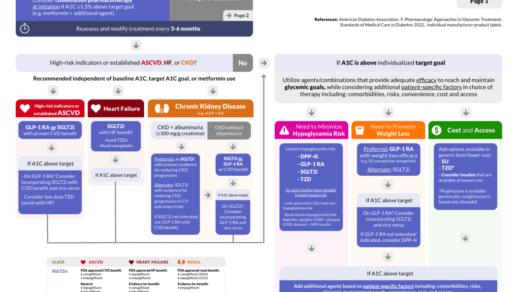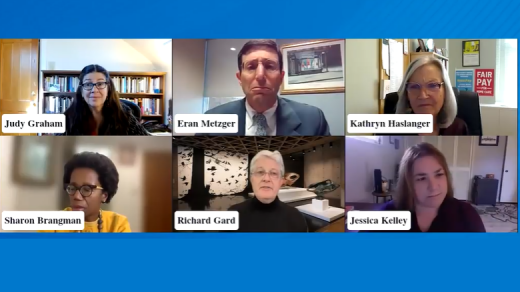Dec. 30, 2021 – By 2025, 10 to 20 new cell and gene therapies will likely be approved each year, according to the FDA.
Great news, right? These products could save countless lives of people living with rare genetic diseases, like Sickle Cell, Progeria, and Spina Bifida.
The hefty price tag for these treatments, however, could hinder cause for celebration, according to biotechnology and policy expert Kevin Doxzen, PhD, a Hoffmann Fellow at both Arizona State University, Tempe, and the World Economic Forum.
In an article published in The Conversation, he cautions that gene therapies can cost hundreds of thousands to millions of dollars.
A sickle cell treatment, which is expected to be approved in the next few years, could cost a single patient around $1.85 million dollars . A Medicare program could pay around $30 million dollars each year, even if only 7% of those eligible get treated.
Another example is Zolgensma, a one-time medication to treat spinal muscular atrophy, which is a disease that can cause your muscles to grow weak and decay, often leading to difficulty sitting up, walking, breathing, and swallowing.
With a $2.1-million-dollar price tag, Zolgensma is the world’s most expensive drug.
Raising large amounts of money for drugs like Zolgensma can be extremely taxing for those living with rare diseases and their families.
Take Ayah Lundt, a young girl in Denmark highlighted in The Conversation article who was diagnosed with spinal muscular atrophy at 10 months old. After a grueling 7 ½ months of online fundraisers and auctions from large donors around the world, her family garnered enough support to raise the $2.1 million dollars to purchase Zolgensma.
For some families, however, that approach may not be as successful.
So how do these life-changing drugs get in the hands of patients in need?
Creating payment models that help patients with the cost of treatment, while also keeping insurance programs and drug companies afloat, is one way, says Doxzen.
In what is called “outcome-based models,” insurance could pay drug companies an initial fee, and then continue payments based on the patient’s progress after receiving treatment– especially since costly drugs like Zolgensma aren’t guaranteed to be effective.
The “Netflix model,” is another potential solution, Doxzen says.
Operating like a subscription service, a state Medicaid program could pay drug companies a flat fee for unlimited access to gene therapies. This model helped create more access to hepatitis-C treatments for patients in Louisiana.







